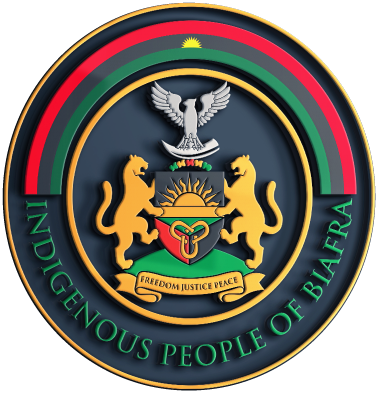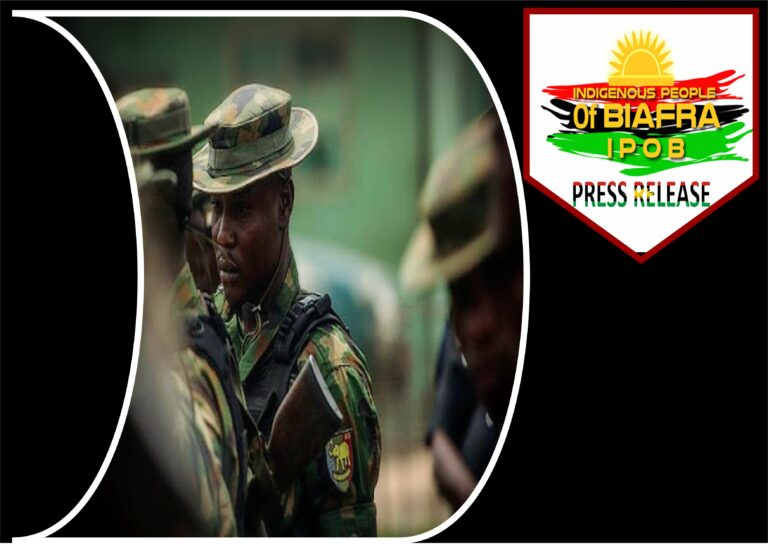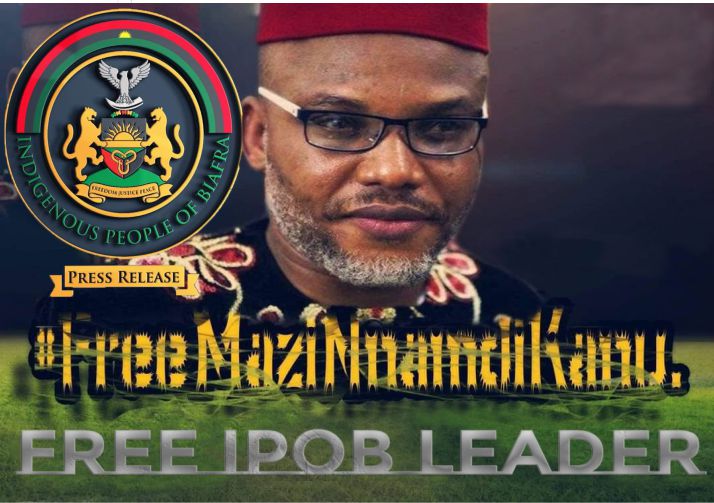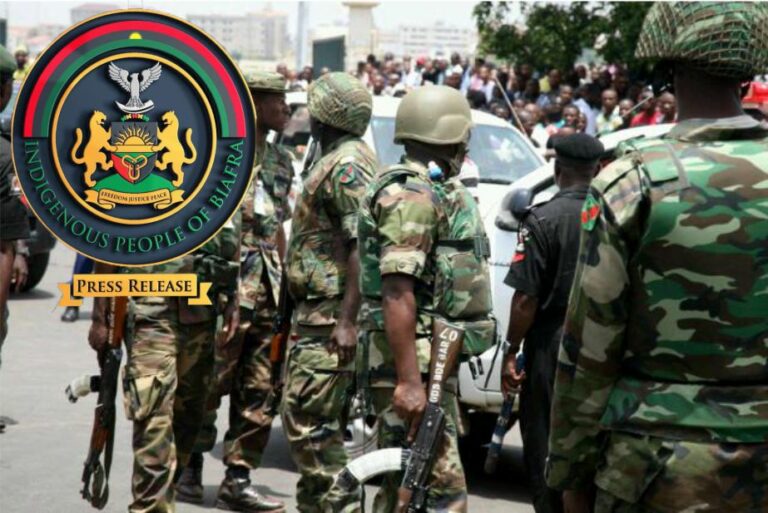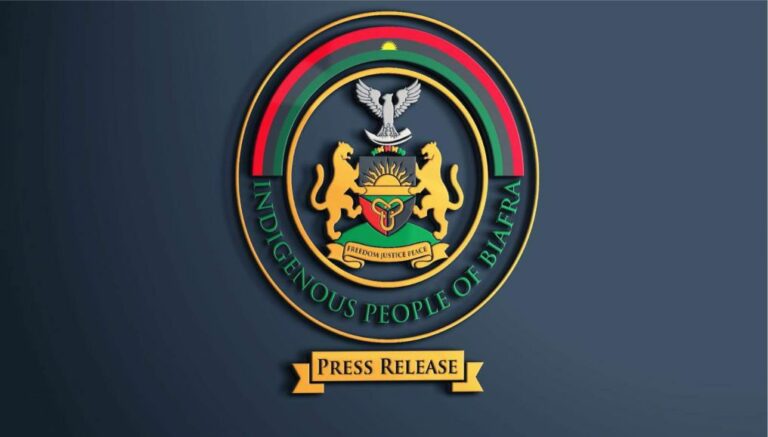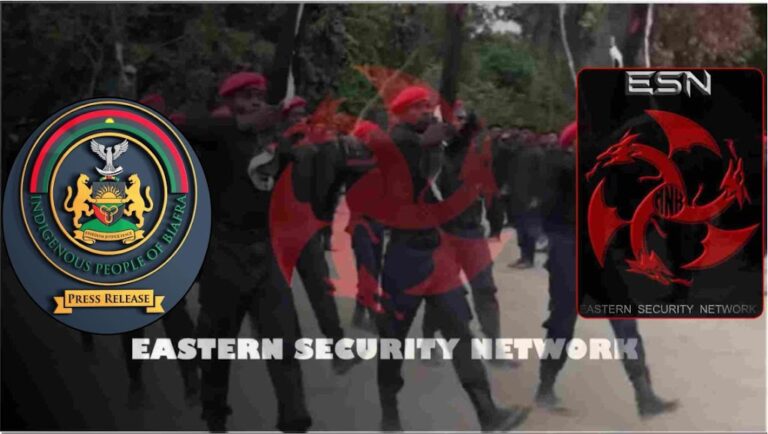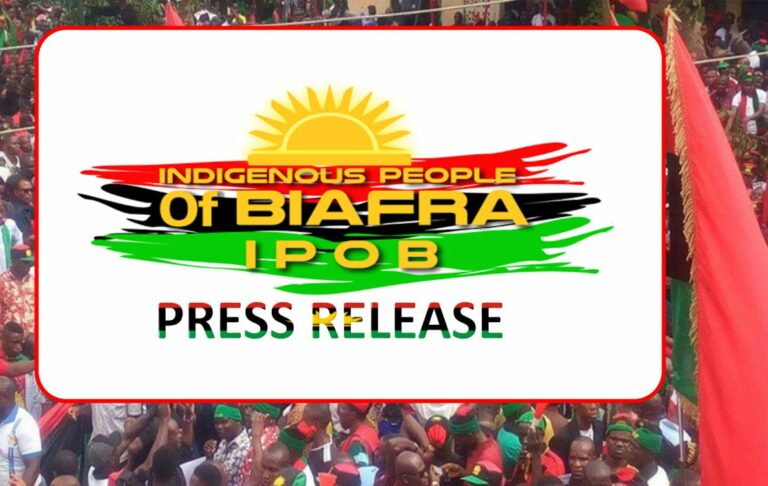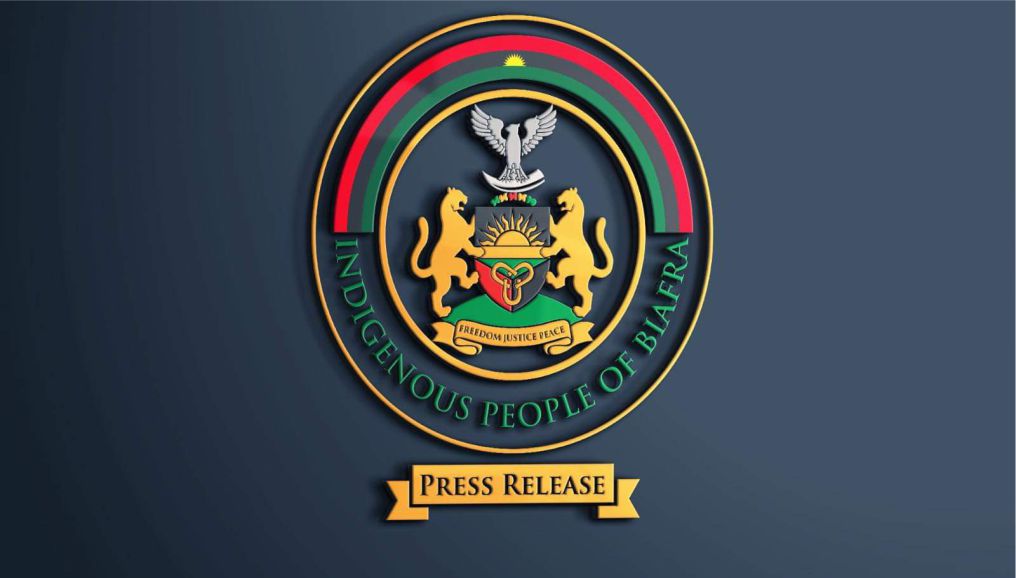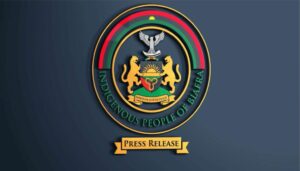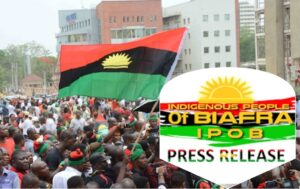Throughout the remainder of 1966 and into 1967, the FMG sought to convene a constituent assembly for revision of the constitution that might enable an early return to civilian rule. Nonetheless, the tempo of violence increased. In September attacks on Igbo in the north were renewed with unprecedented ferocity, stirred up by Muslim traditionalists with the connivance, Eastern Region leaders believed, of northern political leaders. The army was sharply divided along regional lines. Reports circulated that troops from the Northern Region had participated in the mayhem. The estimated number of deaths ranged as high as 30,000, although the figure was probably closer to 8,000 to 10,000. More than 1 million Igbo returned to the Eastern Region. In retaliation, some northerners were massacred in Port Harcourt and other eastern cities, and a counterexodus of non-Igbo was under way.
The Eastern Region’s military governor, Lieutenant Colonel Chukwuemeka Odumegwu Ojukwu, was under pressure from Igbo officers to assert greater independence from the FMG. Indeed, the eastern military government refused to recognize Gowon’s legitimacy on the ground that he was not the most senior officer in the chain of command. Some of Ojukwu’s colleagues questioned whether the country could be reunited amicably after the outrages committed against the Igbo in the Northern Region. Ironically, many responsible easterners who had advocated a unitary state now called for looser ties with the other regions.
The military commanders and governors, including Ojukwu, met in Lagos to consider solutions to the regional strife. But they failed to reach a settlement, despite concessions offered by the northerners, because it proved impossible to guarantee the security of Igbo outside the Eastern Region. The military conferees reached a consensus only in the contempt they expressed for civilian politicians. Fearing for his safety, Ojukwu refused invitations to attend subsequent meetings in Lagos.
In January 1967, the military leaders and senior police officials met at Aburi, Ghana, at the invitation of the Ghanaian military government. By now the Eastern Region was threatening secession. In a last-minute effort to hold Nigeria together, the military reached an accord that provided for a loose confederation of regions. The federal civil service vigorously opposed the Aburi Agreement, however. Awolowo, regrouping his supporters, demanded the removal of all northern troops garrisoned in the Western Region and warned that if the Eastern Region left the federation, the Western Region would follow. The FMG agreed to the troop withdrawal.
In May Gowon issued a decree implementing the Aburi Agreement. Even the Northern Region leaders, who had been the first to threaten secession, now favored the formation of a multistate federation. Meanwhile, the military governor of the Midwestern Region announced that his region must be considered neutral in the event of civil war.
The Ojukwu government rejected the plan for reconciliation and made known its intention to retain all revenues collected in the Eastern Region in reparation for the cost of resettling Igbo refugees. The eastern leaders had reached the point of ruptive in their relations with Lagos and the rest of Nigeria. Despite offers made by the FMG that met many of Ojukwu’s demands, the Eastern Region Consultative Assembly voted May 26 to secede from Nigeria. In Lagos Gowon proclaimed a state of emergency and unveiled plans for abolition of the regions and for redivision of the country into twelve states. This provision broke up the Northern Region, undermining the possibility of continued northern domination and offering a major concession to the Eastern Region. It was also a strategic move, which won over eastern minorities and deprived the rebellious Igbo heartland of its control over the oil fields and access to the sea. Gowon also appointed prominent civilians, including Awolowo, as commissioners in the federal and new state governments, thus broadening his political support.
On May 30, Ojukwu answered the federal decree with the proclamation of the independent Republic of Biafra, named after the Bight of Biafra. He cited as the principal cause for this action the Nigerian government’s inability to protect the lives of easterners and suggested its culpability in genocide, depicting secession as a measure taken reluctantly after all efforts to safeguard the Igbo people in other regions had failed.
Initially the FMG launched “police measures” to restore the authority of Lagos in the Eastern Region. Army units attempted to advance into secessionist territory in July, but rebel troops easily stopped them. The Biafrans retaliated with a surprise thrust into the Midwestern Region, where they seized strategic points. However, effective control of the delta region remained under federal control despite several rebel attempts to take the non-Igbo area. The federal government began to mobilize large numbers of recruits to supplement its 10,000-member army.
By the end of 1967, federal forces had regained the Midwestern Region and secured the delta region, which was reorganized as the Rivers State and Southeastern State, cutting off Biafra from direct access to the sea. But a proposed invasion of the rebel-held territory, now confined to the Igbo heartland, stalled along the stiffened Biafran defense perimeter.
A stalemate developed as federal attacks on key towns broke down in the face of stubborn Biafran resistance. Ill-armed and trained under fire, rebel troops nonetheless had the benefit of superior leadership and superb morale. Although vastly outnumbered and outgunned, the Biafrans probed weak points in the federal lines, making lightning tactical gains, cutting off and encircling advancing columns, and launching commando raids behind federal lines. Biafran strikes across the Niger managed to pin down large concentrations of federal troops on the west bank.
In September 1968, Owerri was captured by federal troops advancing from the south, and early in 1969 the federal army, expanded to nearly 250,000 men, opened three fronts in what Gowon touted as the “final offensive.” Although federal forces flanked the rebels by crossing the Niger at Onitsha, they failed to break through. The Biafrans subsequently retook Owerri in fierce fighting and threatened to push on to Port Harcourt until thwarted by a renewed federal offensive in the south. That offensive tightened the noose around the rebel enclave without choking it into submission.
Biafran propaganda, which stressed the threat of genocide to the Igbo people, was extremely effective abroad in winning sympathy for the secessionist movement. Food and medical supplies were scarce in Biafra. Humanitarian aid, as well as arms and munitions, reached the embattled region from international relief organizations and from private and religious groups in the United States and Western Europe by way of nighttime airlifts over the war zone. The bulk of Biafra’s military supplies was purchased on the international arms market with unofficial assistance provided by France through former West African colonies. In one of the most dramatic episodes of the civil war, Carl Gustav von Rosen, a Swedish count who at one time commanded the Ethiopian air force, and several other Swedish pilots flew five jet trainers modified for combat in successful strikes against Nigerian military installations.
Biafra’s independence was recognized by Tanzania, Zambia, Gabon, and the Ivory Coast, but it was compromised in the eyes of most African states by the approval of South Africa, Southern Rhodesia, and Portugal. Britain extended diplomatic support and limited military assistance to the federal government. The Soviet Union became an important source of military equipment for Nigeria. Modern Soviet-built warplanes, flown by Egyptian and British pilots, interdicted supply flights and inflicted heavy casualties during raids on Biafran urban centers. In line with its policy of noninvolvement, the United States prohibited the sale of military goods to either side while continuing to recognize the FMG.
In October 1969, Ojukwu appealed for United Nations (UN) mediation for a cease-fire as a prelude to peace negotiations. But the federal government insisted on Biafra’s surrender, and Gowon observed that “rebel leaders had made it clear that this is a fight to the finish and that no concession will ever satisfy them.” In December federal forces opened a four-pronged offensive, involving 120,000 troops, that sliced Biafra in half. When Owerri fell on January 6, 1970, Biafran resistance collapsed. Ojukwu fled to the Ivory Coast, leaving his chief of staff, Philip Effiong, behind as “officer administering the government.” Effiong called for an immediate, unconditional cease-fire January 12 and submitted to the authority of the federal government at ceremonies in Lagos.
Estimates in the former Eastern Region of the number of dead from hostilities, disease, and starvation during the thirty-month civil war are estimated at between 1 million and 3 million. The end of the fighting found more than 3 million Igbo refugees crowded into a 2,500-square-kilometer enclave. Prospects for the survival of many of them and for the future of the region were dim. There were severe shortages of food, medicine, clothing, and housing. The economy of the region was shattered. Cities were in ruins; schools, hospitals, utilities, and transportation facilities were destroyed or inoperative. Overseas groups instituted a major relief effort, but the FMG insisted on directing all assistance and recovery operations and barred some agencies that had supplied aid to Biafra.
Because charges of genocide had fueled international sympathy for Biafra, the FMG allowed a team of international experts to observe the surrender and to look for evidence. Subsequently, the observers testified that they found no evidence of genocide or systematic destruction of property, although there was considerable evidence of famine and death as a result of the war. Furthermore, under Gowon’s close supervision, the federal government ensured that Igbo civilians would not be treated as defeated enemies. A program was launched to reintegrate the Biafran rebels into a unified Nigeria. A number of public officials who had “actively counselled, aided, or abetted” secession were dismissed, but a clear distinction was made between them and those who had simply carried out their duties. Igbo personnel soon were being reenlisted in the federal armed forces. There were no trials and few people were imprisoned. Ojukwu, in exile, was made the scapegoat, but efforts to have him extradited failed.
An Igbo official, Ukapi “Tony” Asika, was named administrator of the new East Central State, comprising the Igbo heartland. Asika had remained loyal to the federal government during the civil war, but as a further act of conciliation, his all-Igbo cabinet included members who had served under the secessionist regime. Asika was unpopular with many Igbo, who considered him a traitor, and his administration was characterized as inept and corrupt. In three years under his direction, however, the state government achieved the rehabilitation of 70 percent of the industry incapacitated during the war. The federal government granted funds to cover the state’s operating expenses for an interim period, and much of the war damage was repaired. Social services and public utilities slowly were reinstituted, although not to the prewar levels.
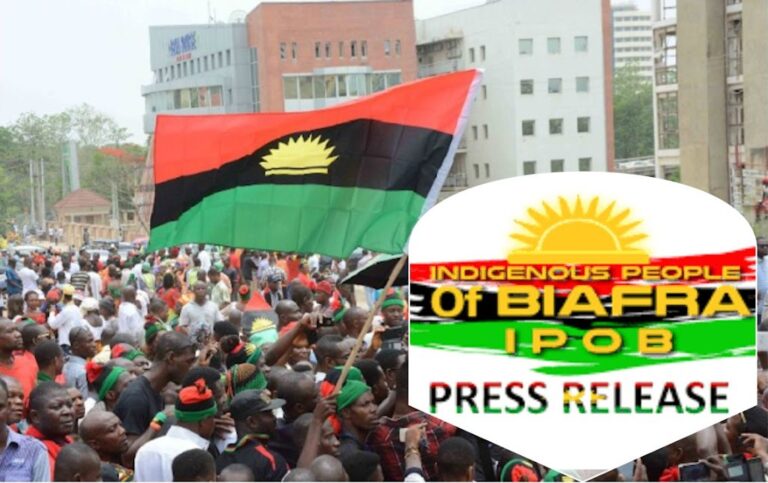
Anxiety Regarding Disclosure Of Fulani Terrorist Actions In Nigeria, Sultan Of Sokoto Urges For Social Media Ban As A Terrorist Entity – IPOB
IPOB Press Release April 17 2025 | IPOB The worldwide family and movement of the Indigenous People of Biafra (IPOB)
